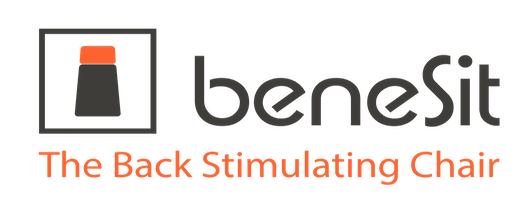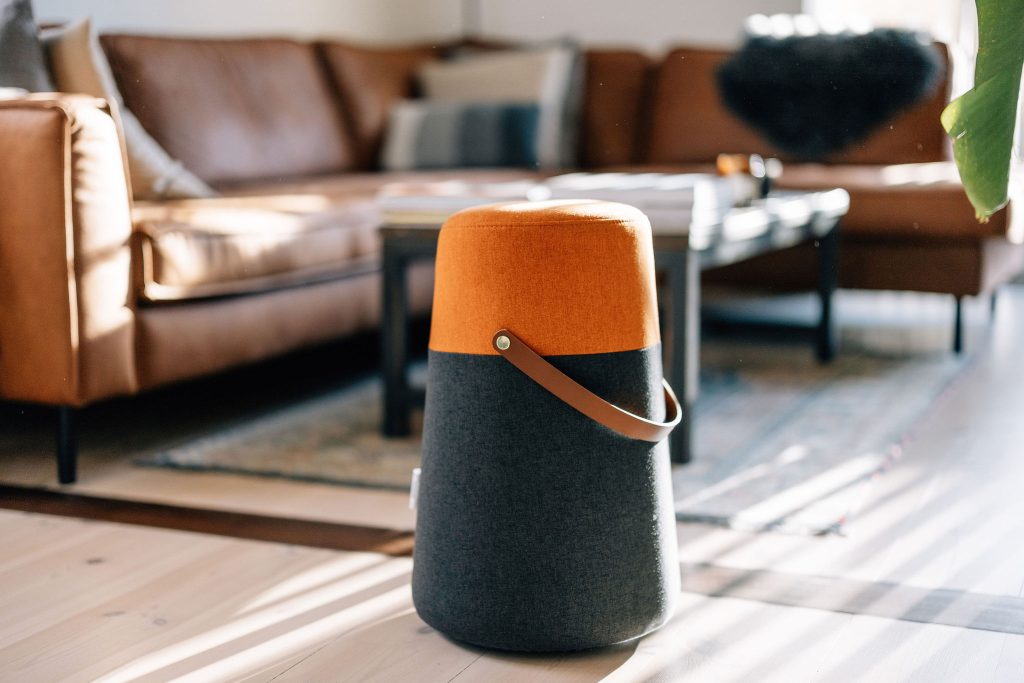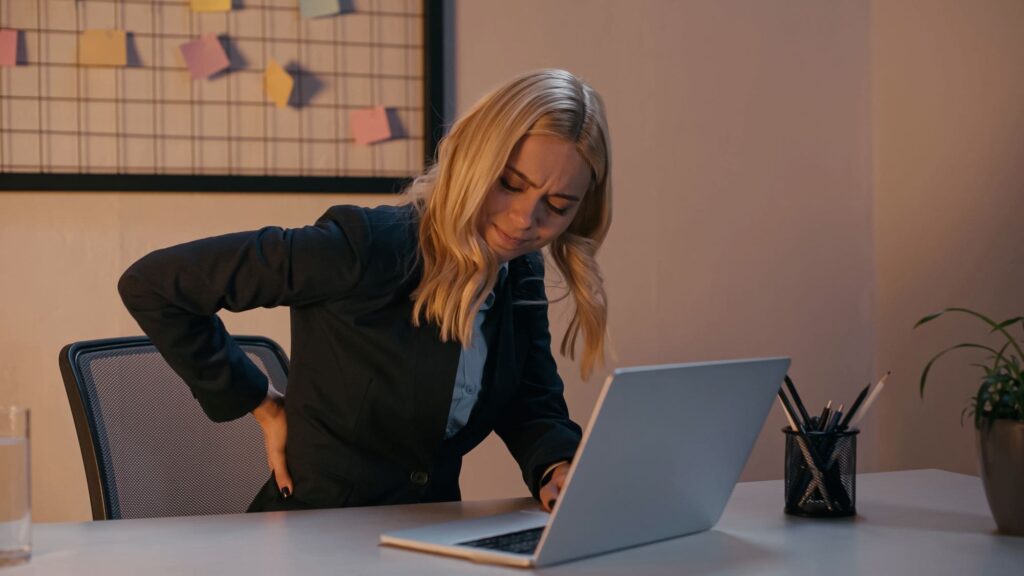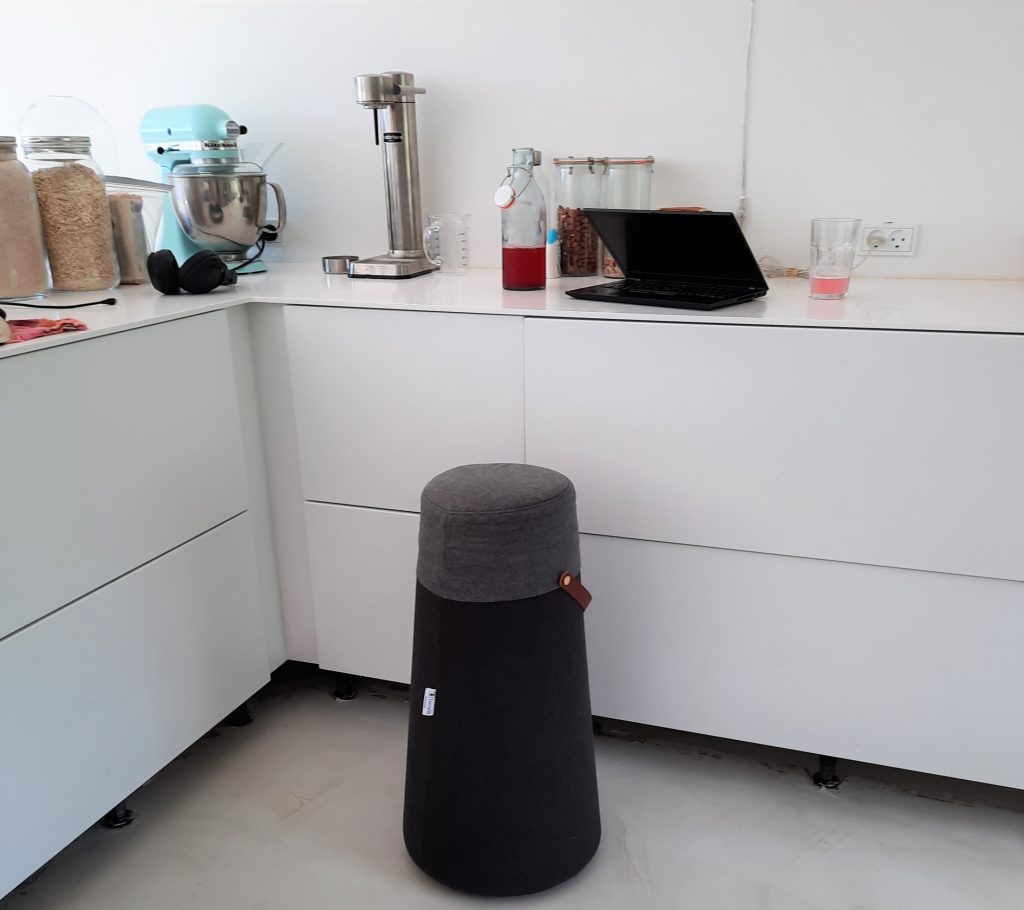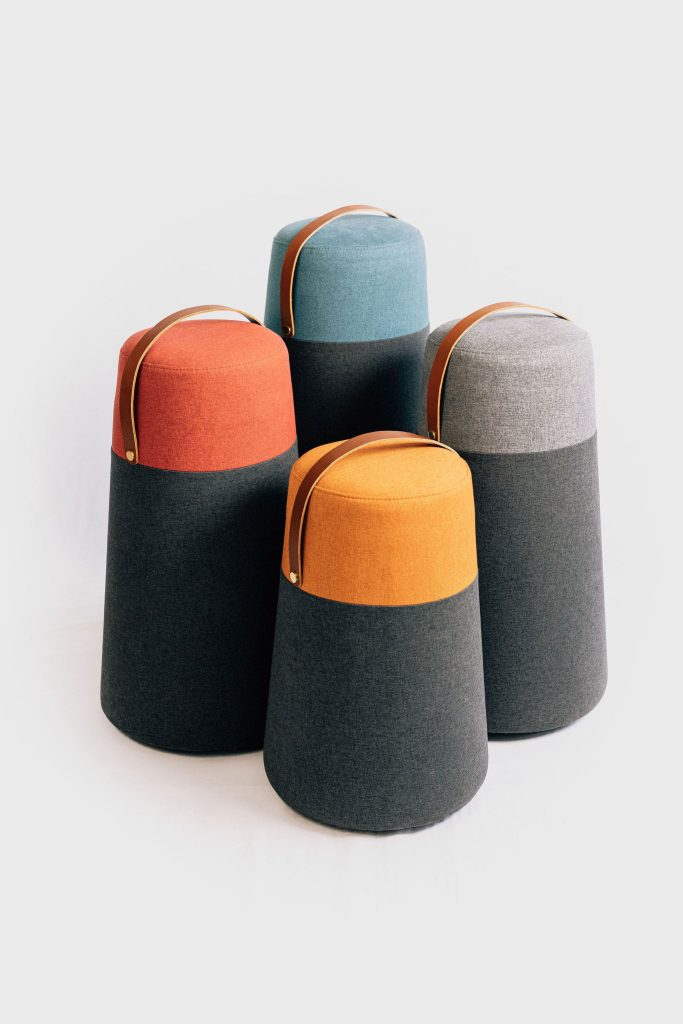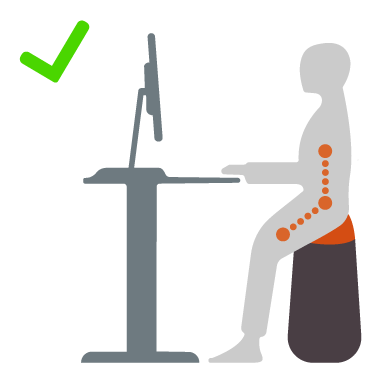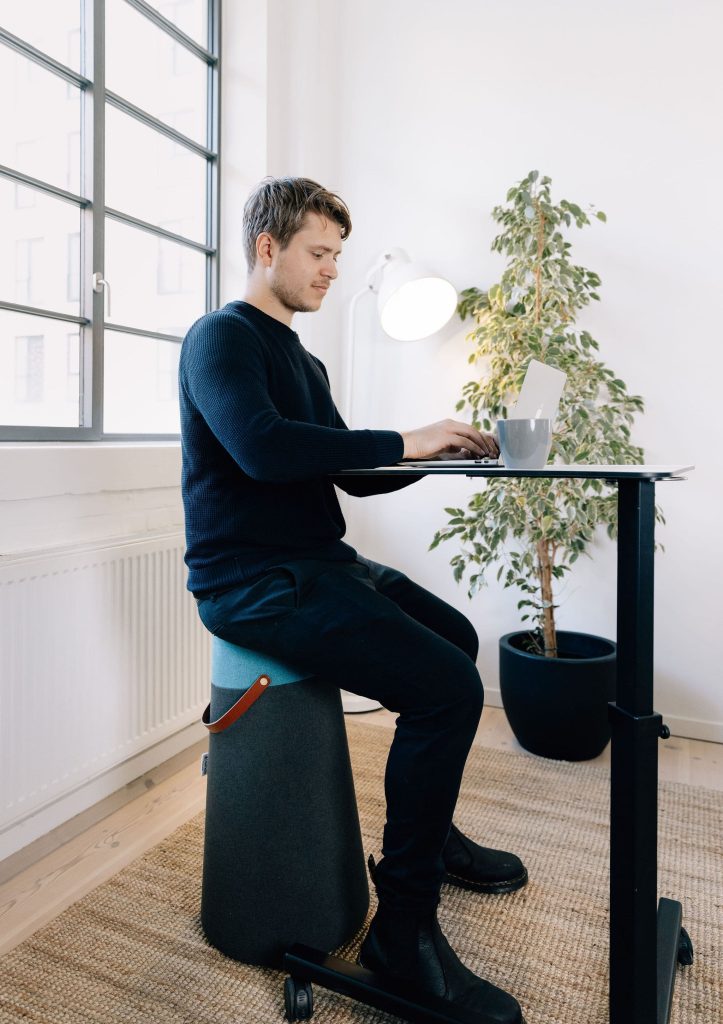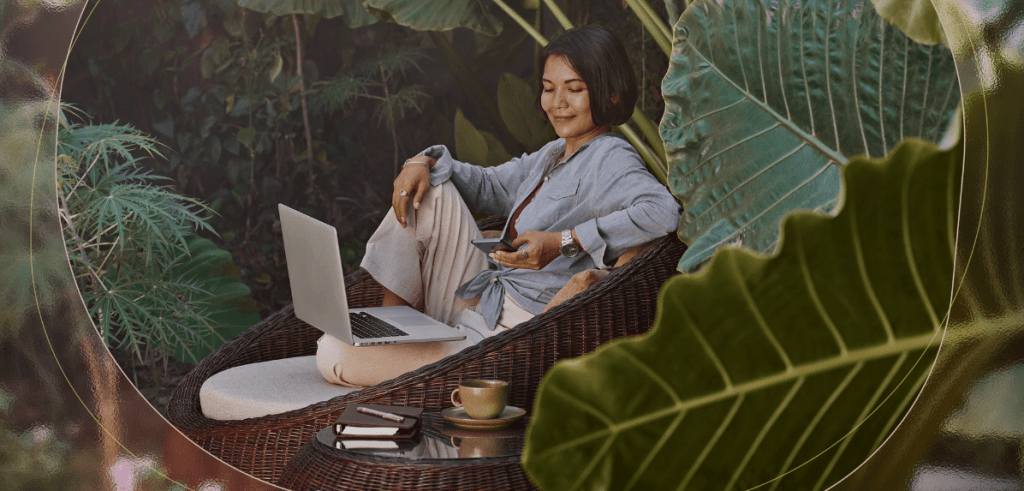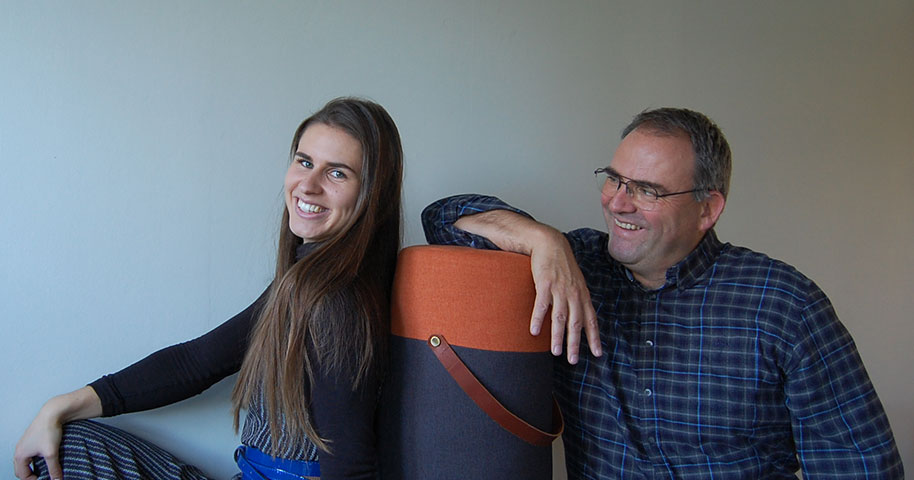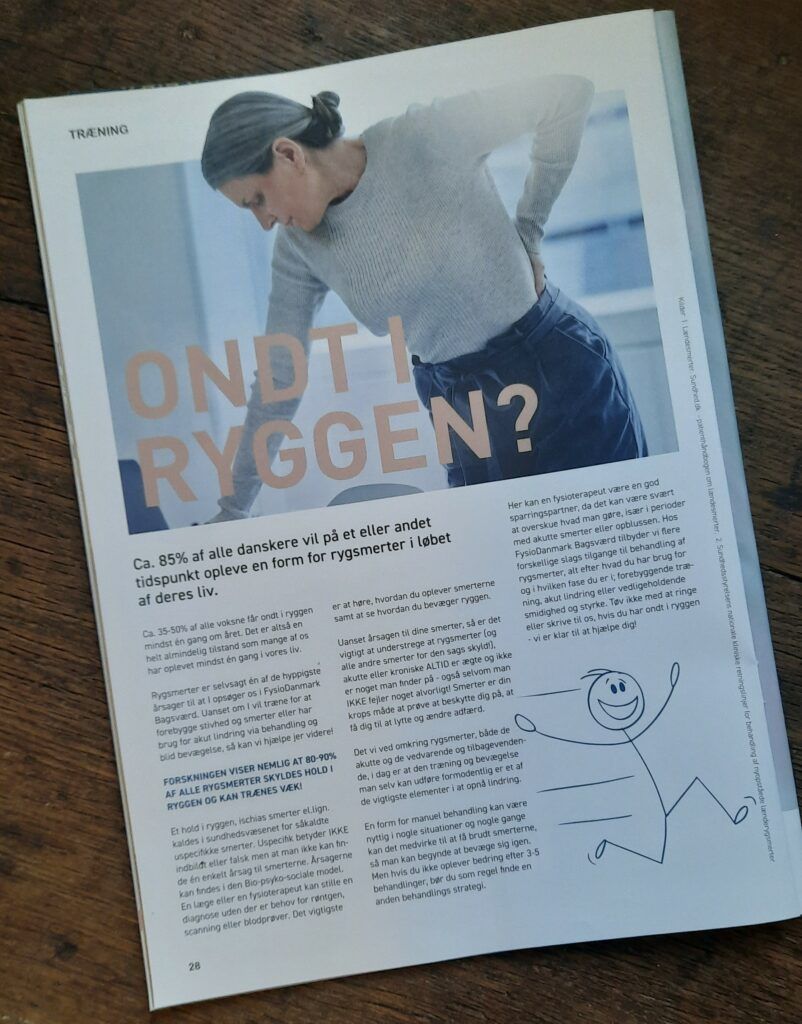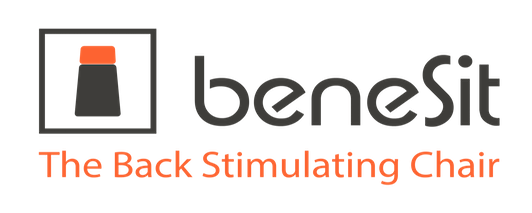
When discussing work space design, sitting positions and back pain we often think of adults. However, children also spend much of their time sitting down.
Today, we want to share some inspirational points from the article “Children’s behaviour and the design of school furniture” by Knight & Noyes. They explain that furniture is used extensively during childhood, which is a vital period of human physical development. A study even shows that children aged 13-16 were seated for 78.7% of their time in the classroom.
This illustrates the importance of well-designed school furniture. To ensure this we must consider the tasks children carry out at school to be able to identify the functions that are needed from the furniture.
School furniture should support the children’s tasks
The article explains how the school furniture should support the two major tasks of school children; attending to the teacher and writing/drawing at the working surface. Furthermore the furniture should ensure that the children stay in one place (to not distract each other) as well as facilitate learning through a comfortable and stress-free workstation.
Knight & Noyes explain how it is generally accepted that school furniture should be designed to accommodate movement while sitting. They present this as a paradox as they have just established that school furniture also should ensure that children stay in the same place.
We find this “paradox” very interesting and believe that this is exactly what we try to solve with the BeneSit chair. We do agree that school furniture should minimize distracting interactions and accommodate movement, but we do not agree that one excludes the other.
The BeneSit chair creates a workstation which – through small movements – makes the child concentrate for longer and thereby also minimizes the distraction of other children. “Staying in the same place” and “movement” should not be seen as a paradox but rather two coexisting elements which create the basis for great children’s furniture.
Our BeneSit chair in the size Small is primarily developed for children who need higher movement freedom when carrying out seated work. You can read more about the BeneSit chair here.
